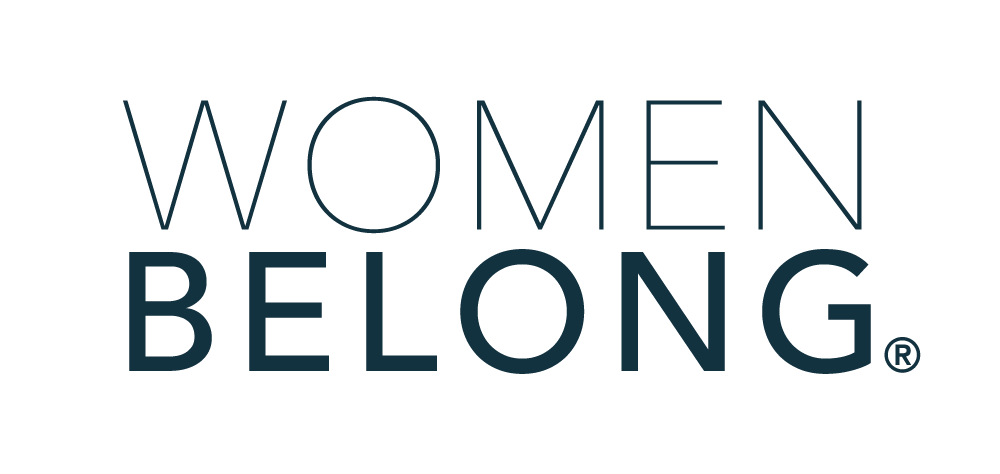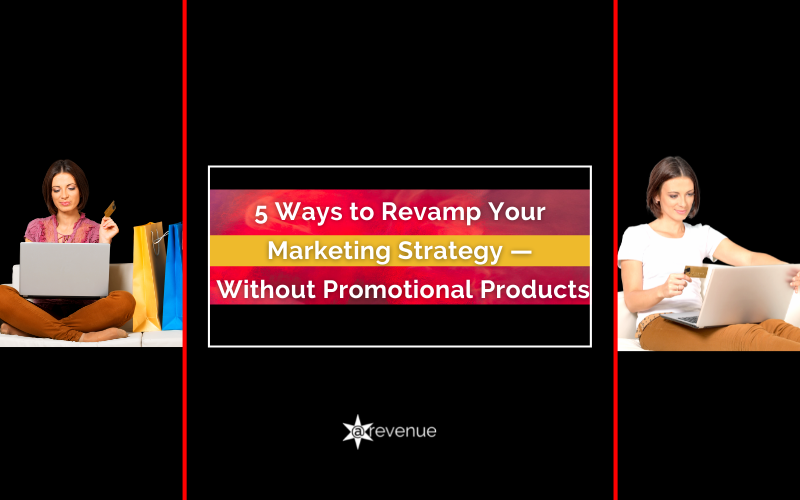We’ve seen the effects of supply chain issues in restaurants, hardware stores, department stores, and more — and the promotional products industry is no exception.
The year of the pandemic saw a nearly 20% decrease in distributor sales as events and trade shows were canceled and swag bags went back on their shelves. Now, as these gatherings are reinstated, many of these same distributors are seeing order counts double and are struggling to meet the demand.
Industry trends are showing strong projections for recovery, but it won’t happen overnight, and you’ve likely got some extra unused dollars that would usually be spent on these items that just can’t be supplied right now.
So how do you solidify your marketing strategy when you can’t get your promotional products? Here are five ideas to get started.
Know your audience
Just as the corporate and bigger business sides of the professional world have pivoted and adapted during the pandemic, so have small businesses and individuals. Rediscover your audience and evaluate how your prospects and leads — and their needs — have changed. Understanding your buyer persona is crucial to your success, and you can earn their trust and loyalty by proving your business to be adaptable and sensitive to their experience.
Run a brand audit
Does your visual identity accurately reflect your business’s mission and goals? Once you’ve evaluated your buyer and how they’ve changed over the last eighteen months, perhaps your brand might need a little revamping in order to stay aligned with your mission while still attracting your evolved audience.
Invest in A/B testing
Increase your ROI from existing traffic, reduce your bounce rate, and establish successful conversion rates through extra A/B testing. With one control and one variable group, modify your CTAs, content length, email subject lines, email frequency, or any details that may affect your content, social, or website performance. With each of these tests, you’ll learn more about your consumer and which strategies to more fully invest in for success.
Develop your SEO and social media strategy
Increase your Google ranking by investing in your Search Engine Optimization strategy with both organic and paid strategies. Remember, too, that YouTube processes billions of searches each month, and, as a result, optimizing your video content can help you rank higher on the biggest search engines.
While you’re optimizing videos, translate that same energy into your social media strategy as a whole. With the rise in influencer marketing, social partnerships, and sponsored feed content, both paid and organic social media strategies will help get your content in front of relevant audiences.
Target your campaigns
Once you have a clear understanding of the new pains, fears, and gains of your prospective clients, you’ll be able to run more thoroughly targeted campaigns and meet your audience through very specific touchpoints. Use your newly optimized SEO and social media strategies to implement these audience traits and speak directly to your compatible prospects.
Promotional products are not the lifeblood of your marketing strategy! With the absence of these items — and the wiggle room that may leave in your budget — this is the perfect time to dive into the core structure of your marketing plan and make sure that when the frills and gimmicks are peeled away, the bones of your business’s messaging are solid and representative of your mission and goals.
Content provided by Women Belong member Marie Hale








































 Why Heroine?
Why Heroine? Women Belong Book Club: The Heroine's Journey
Women Belong Book Club: The Heroine's Journey Women Belong Progressive Networking Lunch - Glenview IL
Women Belong Progressive Networking Lunch - Glenview IL Introductions - Members Only
Introductions - Members Only Connections - ZOOM Networking Event
Connections - ZOOM Networking Event